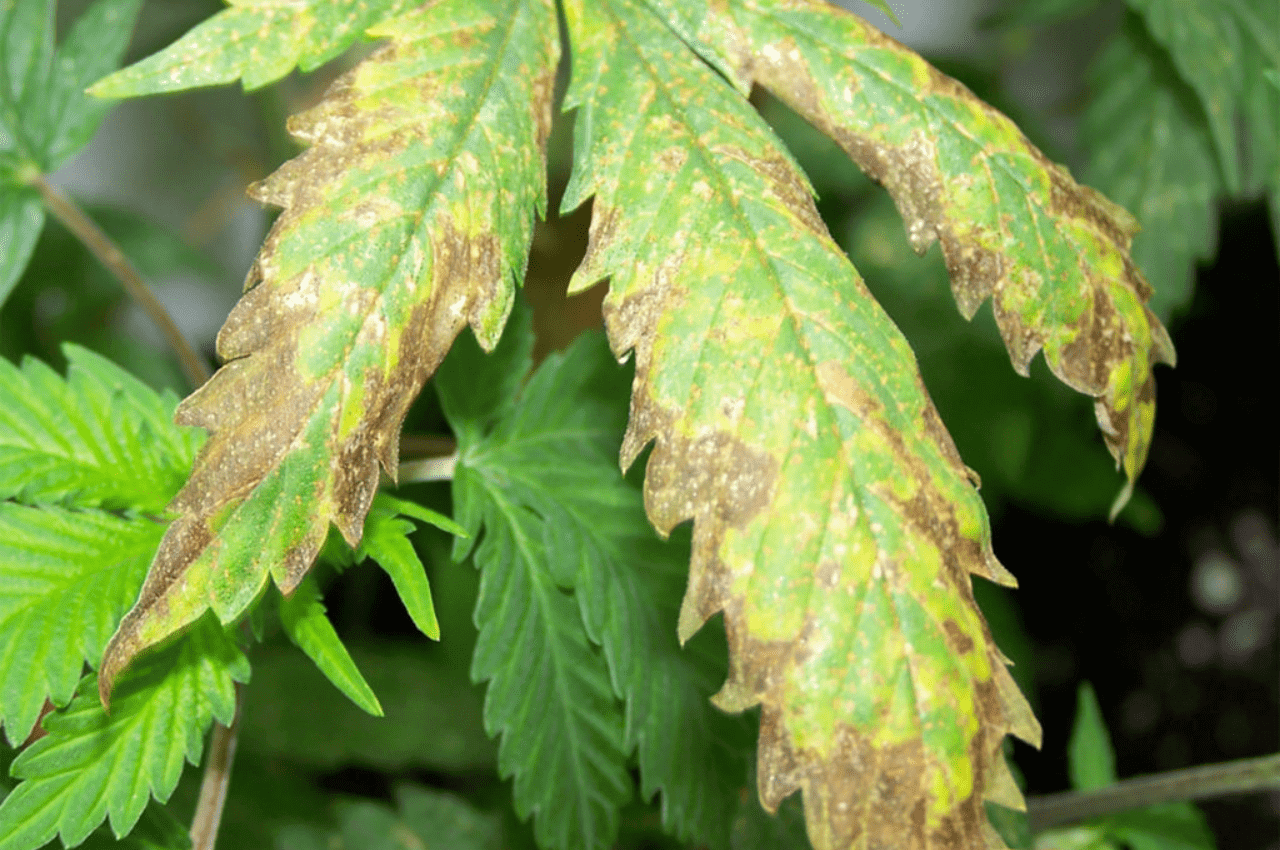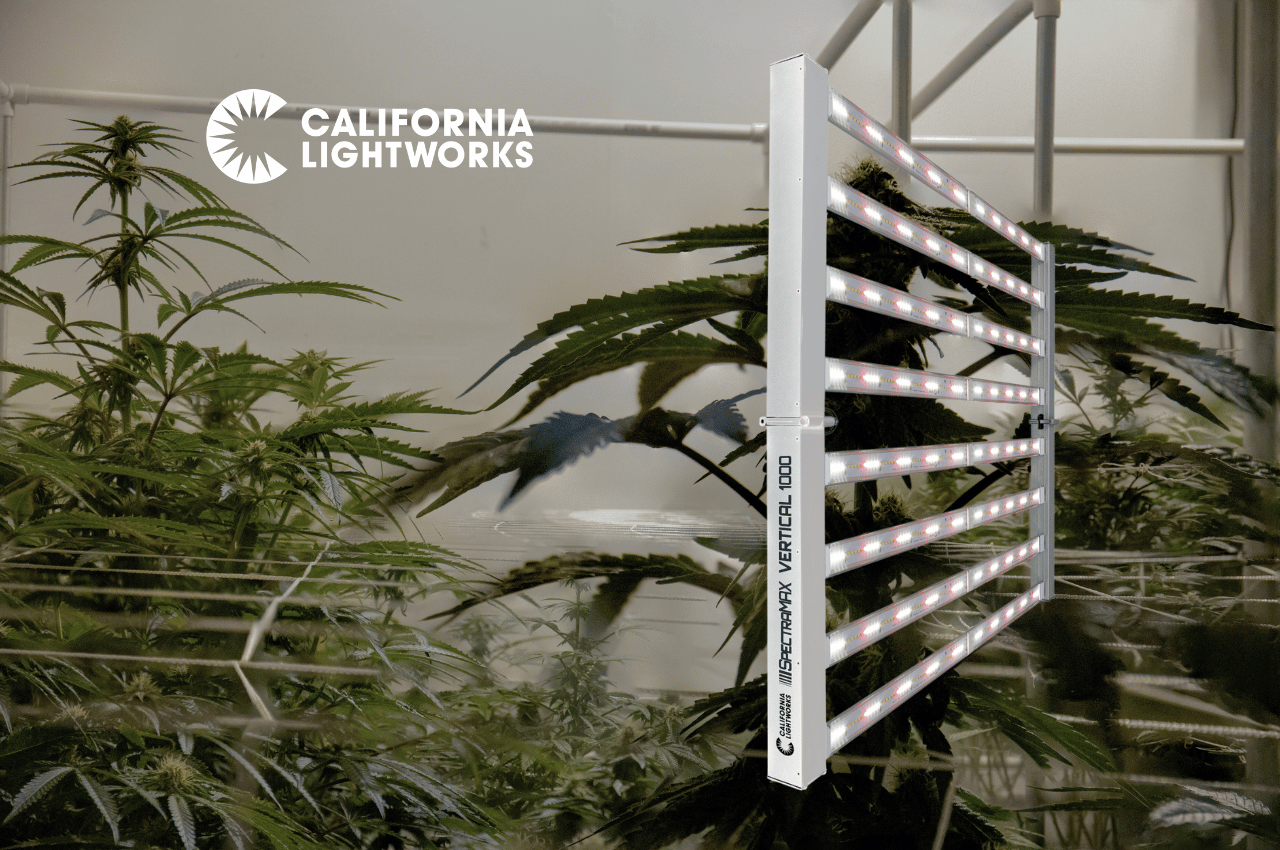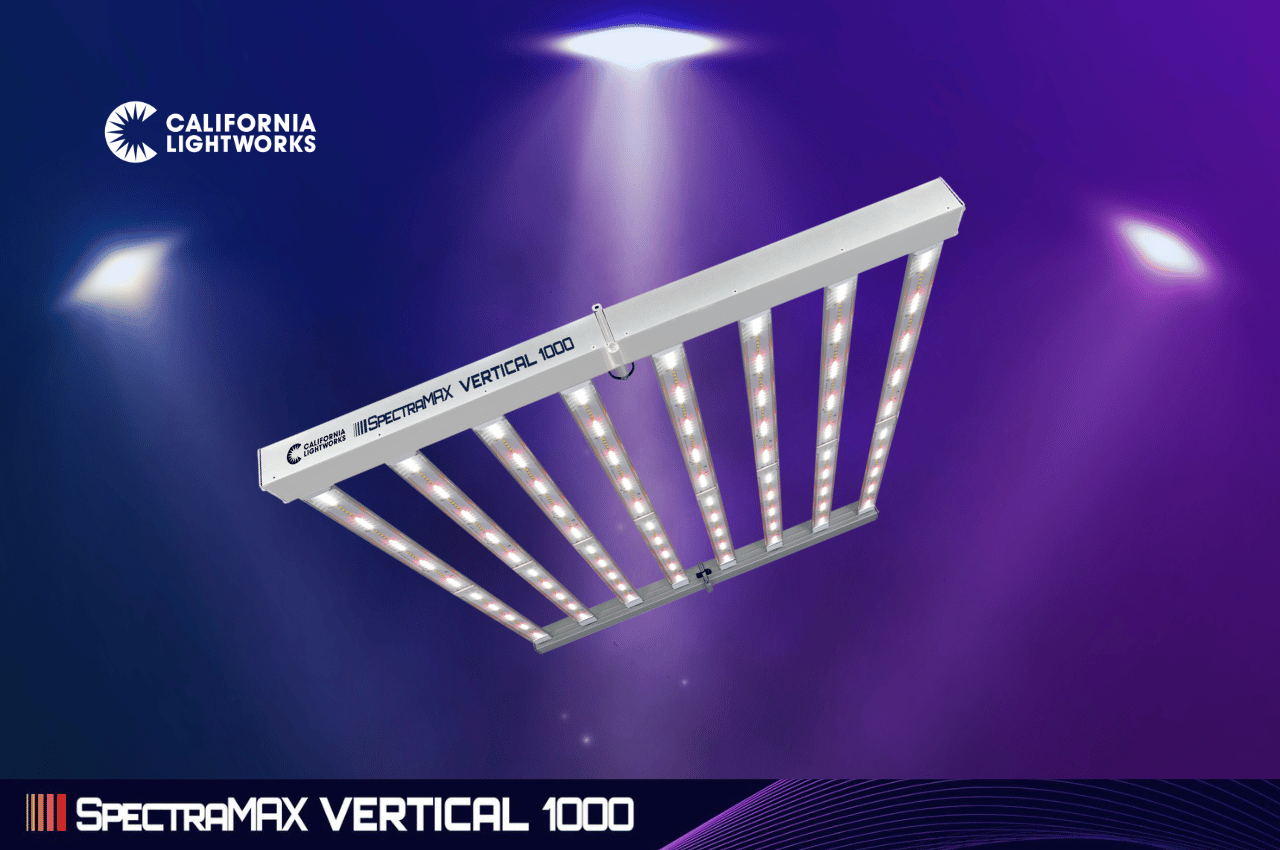Leaf browning is almost always a sign something isn’t right with your plants. Browning usually starts at the tips and can spread inward from there. If you notice your plant’s leaves are turning brown, all hope is not lost. There is plenty you can do to correct the issue before it gets out of hand, but you need to act fast.
This means identifying the cause and taking proper steps to course correct. There is no single reason for leaf browning, however, so you’ll need to evaluate multiple factors to identify the root cause. Brown leaf tips can indicate everything from nutrient deficiencies to light burn.
As there is no single cause of leaf browning, there is also no single solution. Depending on the plant and the problem, there are different routes to take to get your plants back in good health. Below, we’ll investigate some common causes of leaf browning and what you can do about them.
Why Does Leaf Browning Happen?
Leaf browning happens when leaves lose moisture. Leaves dry out, become crispy, and then their tips start to brown. If you notice leaf browning, something is happening to prevent your plants from absorbing moisture efficiently.
What factors cause leaves to dry out? That’s what you, as a grower, need to investigate to rectify the issue. Even the most conscientious growers experience leaf browning at some point, even with careful plant care. Growing can be an unpredictable process and problems can crop up quickly.
The good news is, the majority of leaf browning issues are easy to fix if caught early and properly treated.
How Do I Fix Leaf Browning?
Nutrient Deficiencies
Your plants need a combination of macro and micronutrients to thrive, and quality compost and sometimes supplements should be able to provide both. However, sometimes pH fluctuations in your soil can inhibit a plant’s ability to absorb nutrients effectively, resulting in leaf browning and other issues.
The best way to know if you’re having pH issues is to measure pH. You can get a testing kit online or at any garden supply store. Most plants do best with pH levels ranging from 6.0 to 7.0, but hydroponic plants may need a pH of 5.5 and 6.5. Do some research to figure out optimal pH levels for your particular plants.
If your pH levels are too high or too low, don’t panic. It’s a fairly easy fix. Most garden supply stores sell products that can raise or lower soil pH. When used according to instructions, this should get your pH back where it needs to be, helping your plants get back on track to health.
Overwatering
While your plants need to water to survive, water can become too much of a good thing. Overwatering causes pooling in the soil, which adversely affects cells in your plant’s leaves. Ironically, too much water can cause leaves to dry out.
If you’ve been watering your plants too much, the solution is simple. Water less. Your soil does not need to be wet all the time. Ideally, you should only add extra water when the top five centimeters of soil are dry. If your soil has been wet for quite some time, start watering less and see if your plants improve.
Pests and Disease
Pests and the related diseases they carry can cause all kinds of issues for plants, including leaf browning. Common pests like aphids, caterpillars, and slugs can damage plant health, and an infestation can get out of hand fast. It’s important to monitor your growing space for pests regularly to keep your plants healthy.
Bigger bugs and insects can often be seen with the naked eye, but you may have to get close to your plants to notice. Aphids, for example, are quite small and tend to hide on the bottom of plant leaves. Other pests are difficult to see, but you might notice other signs like white spots on leaves or small holes.
Treatment depends on the pest, so do some research. Many growers prefer natural treatments. Introducing predatory insects like ladybugs and some wasps can help, as they’ll target pests but not your plants. Companion plants – like basil, dill, and sunflower – can distract damaging insects. Severe infestations may require insecticide, but make sure you opt for natural options and use it sparingly.
Excessive Heat
Excessive heat can be a problem for both outdoor and indoor plants. Heat can dry out leaves, causing browning and other issues, so maintaining an optimal temperature is key to plant health.
When growing outside, you can’t completely control the temperature during a heat wave. However, you can take steps to reduce its effects. Using cloth or similar material and a few polls, you can create a temporary structure to provide your plants with shade.
With indoor gardens, keeping your plants at the right temperature is a little easier. Fans and air conditioners both help regulate temperature. If you’re not already using LED grow lights, you should consider making the switch. One big benefit of LEDs is that they produce significantly less heat than other options.
Light Burn
This frequently happens later in the cycle, when plants have grown a bit. If your plants get too close to your lights, this burns the upper part of the plant, causing leaves to dry out and turn brown (or white). This is why it’s so important to move your lights upward as your plants grow. Many LEDs can be dimmed as well if there is no space to move the light up.
How far should your grow lights be from your plants? There’s no easy answer. As with a lot of the issues above, you’re going to have to do some research. The optimal distance between your plants and your lights depends on your current grow stage, your type of plants, the size of your grow area, and the kind of lights you’re using. Light manufacturers will have general guidelines for light distances above the canopy.
The Bottom Line
Noticing leaf browning can be a cause of stress and anxiety for growers. However, the problem is almost always solvable if you act fast. This is why it’s so important to monitor your plants closely throughout the entire grow cycle. Prompt intervention can correct browning and ultimately leave you with a healthy yield.
At California Lightworks, we offer a wide variety of cutting edge full-spectrum LED lights that can help growers of all levels thrive. If you’re interested in looking into LEDs, or have any other questions about plant growth, we’re always happy to help. Reach out California Lightworkswith any questions!







